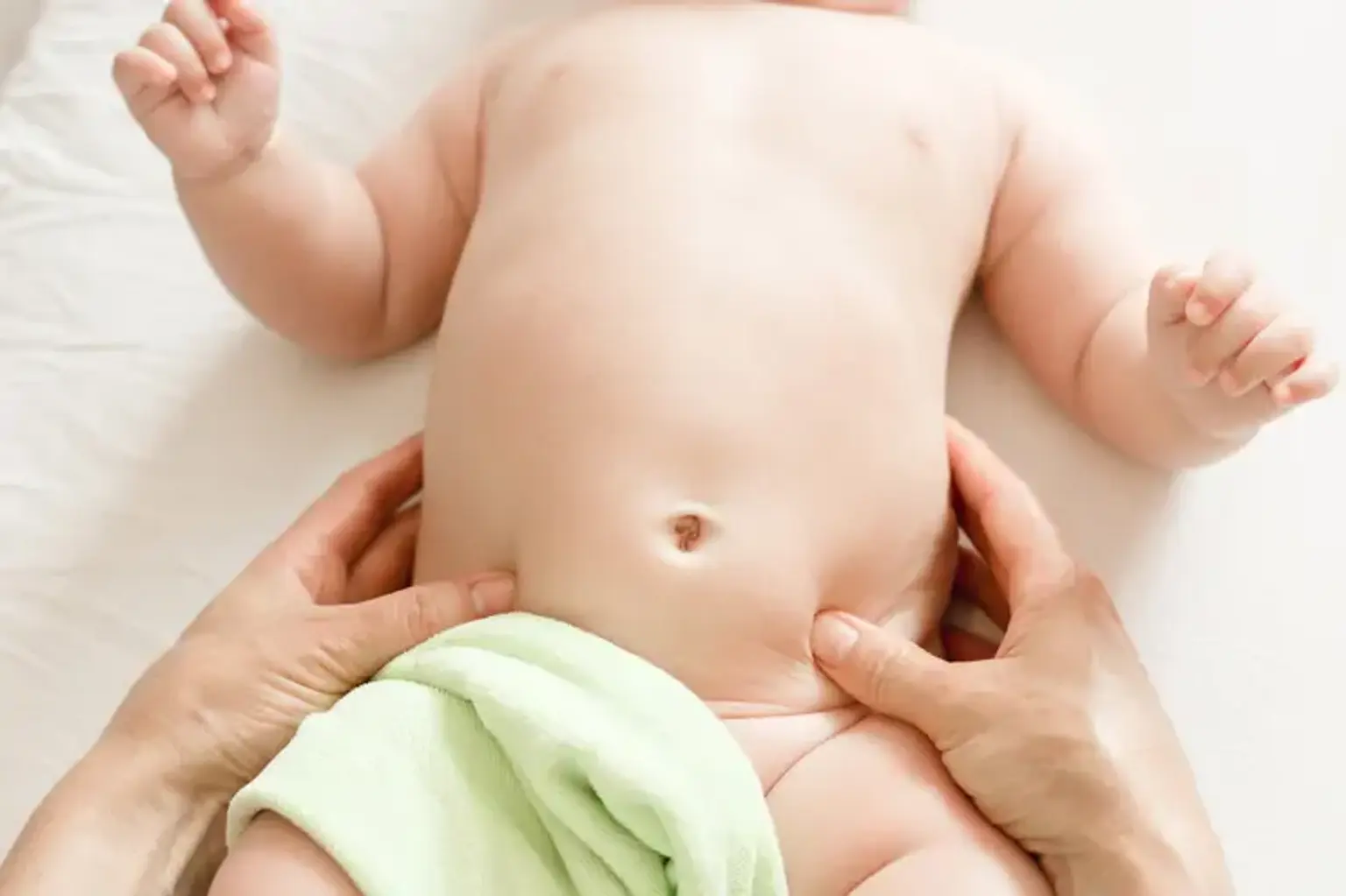Pediatric Inguinal Hernia Repair
Overview
A hernia develops when an organ within the belly, such as the intestines, protrudes via a weakness in the abdominal muscles. A gentle bulging beneath the skin indicates the presence of a hernia. An inguinal hernia is a hernia that arises in the groin (inguinal) region.
An inguinal hernia can arise at any age, but one-third of all hernias in children occur within the first six months of life.
Inguinal hernia signs and symptoms include Swelling or a protrusion in the groin or scrotum may be noticed when screaming or straining, and it may diminish or disappear as the infant relaxes. A smooth, non-tender bulk. Localized discomfort in the hernia area
